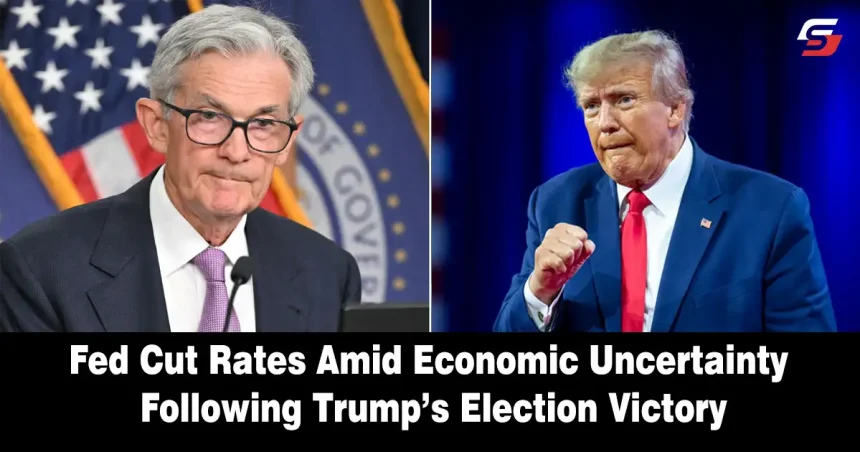The Fed is ought to cut rates Thursday to 4.5%-4.75%, navigating uncertain economic impacts from Trump’s proposed policies and tariffs.
Keeping it to a range of 4.5% to 4.75%. This follows a half-point decrease made in September, as the Fed aims to control economic growth and inflation, The Federal Reserve is widely expected to decrease its benchmark interest rate by a quarter of a percentage point on Thursday. With a final rate in the range of 3.75% to 4%—a full percentage point above the 2.9% level officials had proposed in September, however, market confidence about the Fed’s future moves has started to dwindle. Current indicators indicate that the Fed may end its rate-cutting cycle by mid-next year.
President Trump and the Fed during his first term, this higher end-point rate is importantly above the level that previously caused friction between former. Back then, The Fed’s rate had peaked at around 2.4%, rising strong criticism from Trump now, and officials believe the process of disinflation isn’t yet complete, however, the Fed’s focus is on curbing inflation to reach its 2% target.
Trump’s projected economic policies may complicate the Fed’s path. New tariffs could disrupt global supply chains, affecting prices, growth, and employment, for instance. Tax cuts could have unpredictable impacts on household incomes, consumer spending, and government deficits. It adjusts based on the economic outcomes produced by fiscal and regulatory decisions, while the Fed doesn’t set policies based on any administration’s proposals. Raising rates in 2018 amid economic growth spurred by tax cuts and then cutting them in 2019, The Fed had navigated Trump’s policies in the past, when tariffs began weighing on global growth.
Thursday’s anticipated cut may be straightforward, but the overall outlook remains clouded , as the Fed moves forward. Trump’s approach to policy in 2025, making the Fed’s path ahead increasingly uncertain and economists David Doyle and Chinara Azizova from Macquarie remarked that future rate cuts will rely heavily on incoming economic data.


